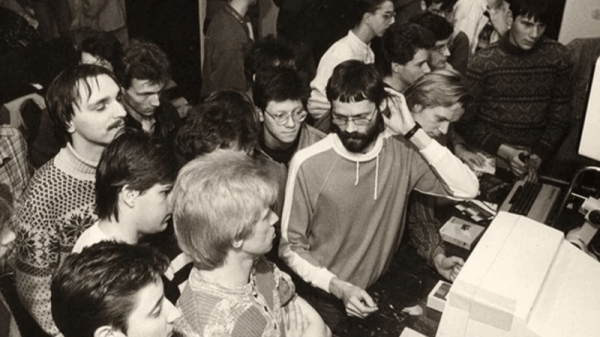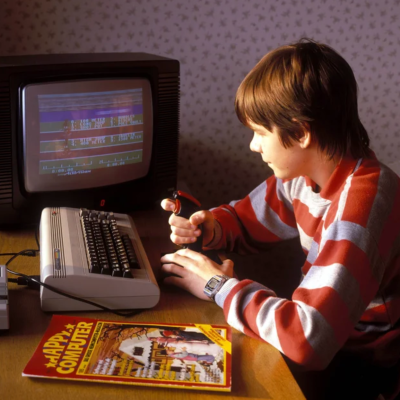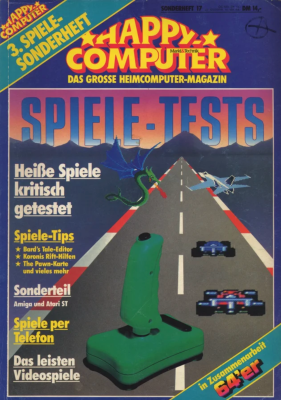There are plenty of bizarre computers around from the 70s through the 90s before the world somewhat standardized around various duopolies of hardware vendors and operating systems. Commodore, Atari, and even Apple had some bizarre machines from this era but for our money, the most unusual systems come out of the Eastern Bloc. We’ve featured plenty of these before, and the latest is a Robotron CM1910 which comes to us from [Chernobyl Family] via YouTube.
Built in East Germany behind the wall, the Robotron factories had easier access to Soviet than western parts, but the latter were also available when necessary. Hence it’s built on an Intel 8086 processor, which seems common enough for the era, but after opening the case some non-standard construction becomes apparent.
The first is a densely-packed array of circuit boards and wiring, far beyond what a western PC might have included in this time. This also partially explains its massive 25 kg weight. It does include a hard drive, two floppy disk drives, a large dedicated graphics card, and a modem which all contribute as well. The overall design philosophy of the machine was a headscratcher too, which would have involved near-complete dismantling of the machine to access or repair some of the parts, as well as some hidden peripheral and drive controllers in questionable locations.
From the looks of it, we doubt this computer will see any uptime anytime soon, although they did at least restore the keyboard. With all of the chips accessible on PCBs, it might be possible to get this machine up and running again although it would take a massive effort thanks to its non-standard design and construction, and might also require help from builds like this to replace or emulate some of the hardware.
Thanks to [Stephen] for the tip!
Continue reading “Soviet-Era Computer Is Both A Mystery And A Disaster”



 Domestically produced computers – the KC 85 from VEB Mikroelektronik Wilhelm Pieck Mühlhausen and the KC 87 from VEB Robotron – did not have the quality of C128 and C64s from Commodore. Surprisingly, even while microelectronics remained on the list of embargoed products imported to East Germany, C64s managed to make their way into the state. The GDR customs officials didn’t have any problem with Western imported hardware – what they were worried about was the software.
Domestically produced computers – the KC 85 from VEB Mikroelektronik Wilhelm Pieck Mühlhausen and the KC 87 from VEB Robotron – did not have the quality of C128 and C64s from Commodore. Surprisingly, even while microelectronics remained on the list of embargoed products imported to East Germany, C64s managed to make their way into the state. The GDR customs officials didn’t have any problem with Western imported hardware – what they were worried about was the software.










